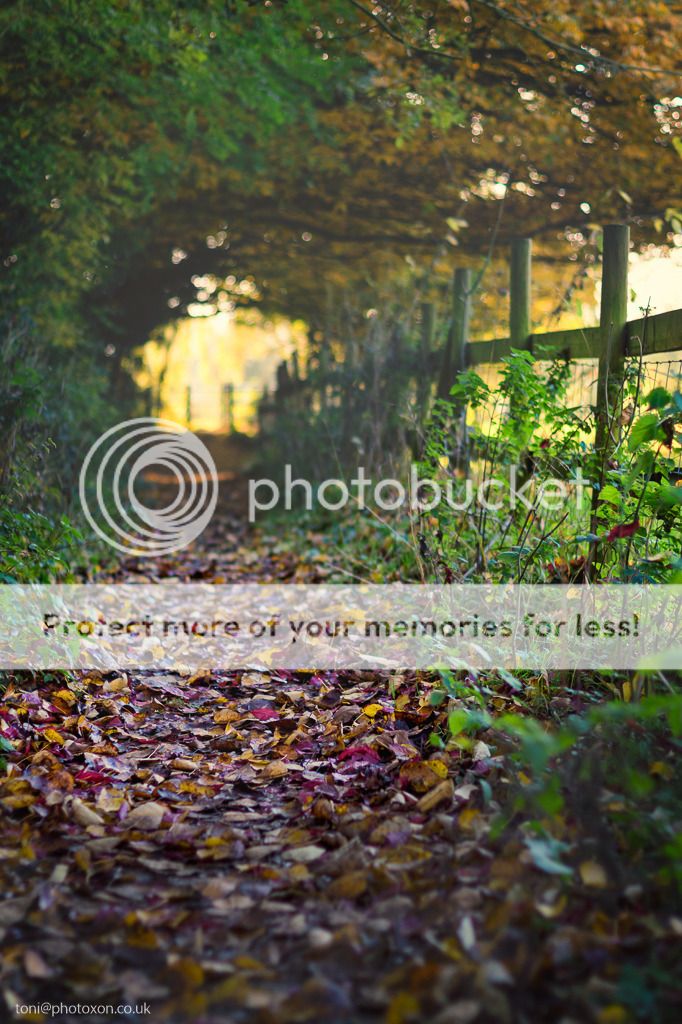- Messages
- 98
- Edit My Images
- Yes
Of my 2 lenses I tend to think that my 18 - 55 lens will be more effective as a landscape lens
The other option is my 55 - 250 which I tend to use more for wildlife
Is there an argument for using the longer lens for landscape or should I stick with the shorter lens
The other option is my 55 - 250 which I tend to use more for wildlife
Is there an argument for using the longer lens for landscape or should I stick with the shorter lens




